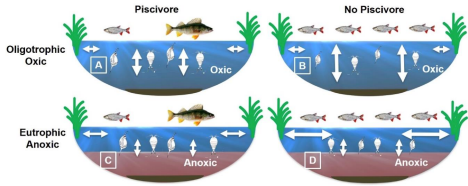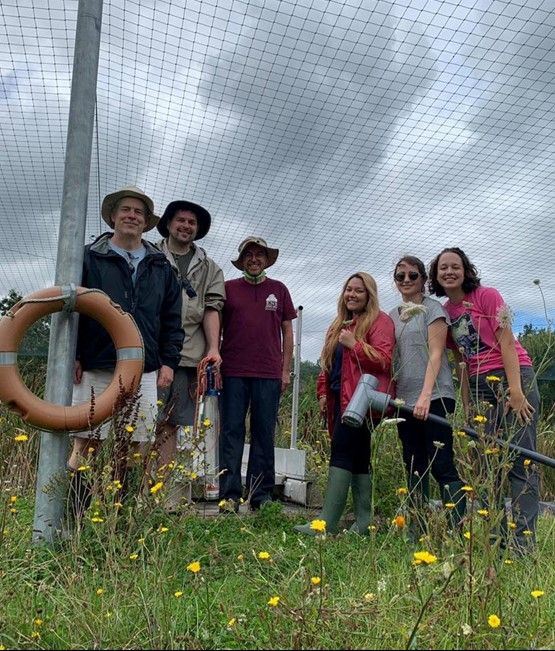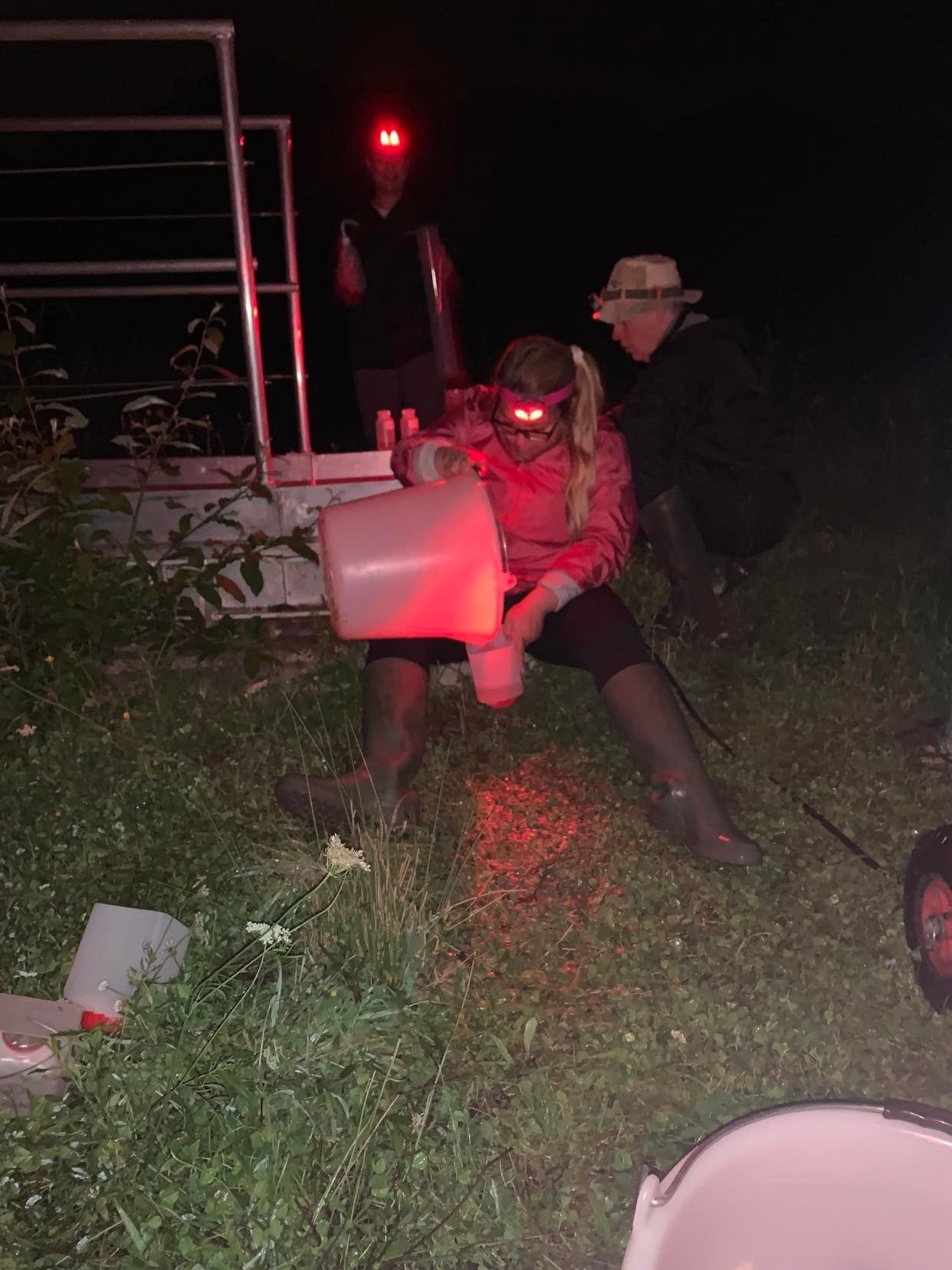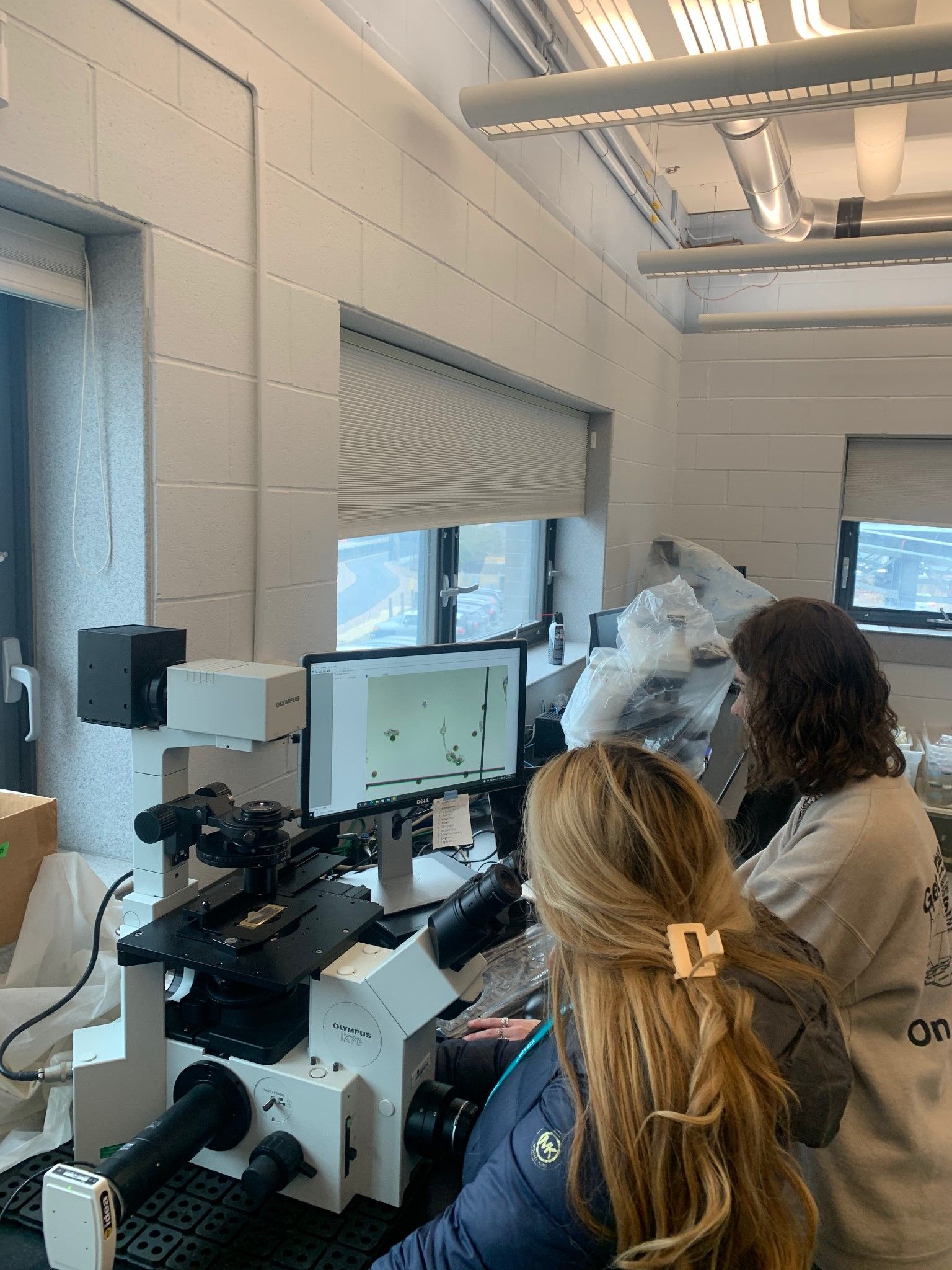Facilities
Transnational Access
Metadata & Data
Papers & Reports
Knowledge Base
Fish and Oxygen-induced Alterations to the Migration of Zooplankton (FOAMZ)
7th June 2022
The depletion of oxygen from bottom waters (hypolimnion) of lakes and reservoirs is becoming more frequent because of climate change and eutrophication. Low dissolved oxygen (hypoxia) can release nutrients from sediments and degrade water quality, alter animal behaviour and food web dynamics, and ultimately, alter lake ecosystem function.
Zooplankton influence ecosystem processes, including nutrient cycling and trophic transfer. They also commonly exhibit diel vertical migration (DVM), where they remain in the deeper, darker waters of the hypolimnion during the day to avoid visual predators, and then migrate to near-surface waters (epilimnion) at night to feed on phytoplankton under the cover of darkness. However, loss of oxygen in the hypolimnion can alter DVM and increase diel horizontal migration (DHM), where zooplankton use littoral zones to avoid visual predators and hypolimnetic hypoxia during the day and migrate to open water at night to feed on pelagic phytoplankton.
If hypoxia forces a switch from DVM to DHM, food web interactions and biogeochemical processes may be greatly affected. Climate change and eutrophication are also expected to change zooplankton functional diversity, including traits related to migration (mobility), predation risk and growth/feeding capacity (body size), and ultimately, community- and ecosystem-level processes (e.g., ecosystem respiration, trophic transfer, carbon sequestration). Most research on zooplankton functional diversity has focused on macro space/time scales; fewer studies have evaluated zooplankton functional trait response to short-term environmental and community variability.
We had the privilege to work at “PLANAQUA” (PLAteforme expérimentale NAtionale en écologie AQUAtique) located at CEREEP-Ecotron IleDeFrance in Saint Pierre lès Nemours, France, in August 2021. PLANAQUA consists of 16 identical, human-made ponds that are 30 x 15 m, 3 m deep, and have a shallow vegetation zone on the long sides of the ponds. The ponds are arranged in a 2 x 2 factorial design with nutrients (added or not) and predator fish (added or removed) as experimental treatments, and provided an opportunity to test some of our ideas. We sampled the ponds during the day and at night to test whether daily zooplankton migration behaviour is a function of fish community composition and environmental conditions, and whether any observed differences in daily migration behaviour are related to zooplankton functional traits. We expected zooplankton DHM to be more prevalent than DVM under hypolimnetic hypoxic conditions, but behaviour to be mediated by fish community structure through trophic behavioural cascades (Fig 1). Ponds with piscivorous fish predators would enable zooplankton to occupy more open-water habitat because smaller, planktivorous fishes would seek shelter in littoral zones.

Undergraduates that have processed samples and current students include:
Jack Knight – Ceratium
Carissa Finnerty – Rotifers
Althea Deschenes – Rotifers
Izzy Anderson – Rotifers
Elizabeth Beall – Rotifers
Savannah Zigic – Zooplankton
Spencer Mahne – Zooplankton


